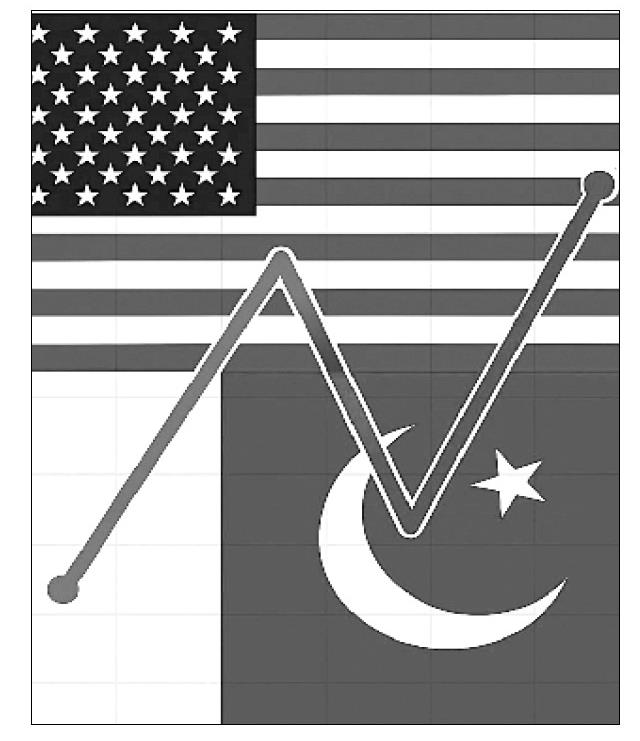Diplomatic win and elusive trade gains
2025-08-06
THIS is with reference to the report `Pakistan secures 19pc tariff, but many not so lucky` (Aug 2). The recent conflict with India, though challenging, marked a diplomatic turning point for Pakistan. By maintaining transparency in reporting and demonstrating credibility in terms of defending its national interests, Pakistan prompte d key global players, particularly the United States, to acknowledge its commitment to diplomacy and peaceful conflict resolution.
This opened the doorsfortalks atthe highest levels, marked specially by the much-discussed lunch in Washington, symbolising growing cooperation between the two countries.
Amid this diplomatic momentum, the US announced revised reciprocal tariffs on July 31, following a broader review of its trade policy with multiple trading partners. While this development is largely seen as a win for the US, strengthening its bargaining power and prompting many countries to revisit tariffs on American goods, the outcome tells a different story for Pakistan.
The US has remained Pakistan`s largest trading partner, with exports of nearly $6billion, around18 per cent oftotal shipments, heavily dominated by textiles (75-80pc). Other categories, such as leather, rice, surgical goods and cement, are too small to offset this reliance. At the time of the initial tariff proposal, the rates were set at 29pc for Pakistan, 26pc for India, 46pc for Vietnam, and 37pc for Bangladesh.
The comparatively higher proposed tariffs on Vietnam and Bangladesh, which are major exporters of textiles to the US, could have created a clear opening for Pakistan`s textile sector to expand its market share.
However, with the revised framework,Pakistan`s tariff now stands at 19pe, while Vietnam and Bangladesh are both at 20pc, narrowing the gap to just 1pc. Both the competitors still benefit from effective rates as low as 8-17pc, owing to preferential arrangements, product-specific exemptions and stronger local manufacturing e cosystems.
This change has largely erased Pakistan`s early advantage, translating into little real gain and leaving its competitive standing effectively neutralised despite early optimism.
However, even in the face of this lost opportunity, another opening remains valid for Pakistan. The 25pc tariff on Indian exports creates potentialspace to expand its share in the US market. To seize this advantage, Pakistan must adopt broader export policies, diversify beyond textiles, and pursue sharper trade negotiations, supported by timely reforms as well as competitive pricing strategies.
No doubt, diplomatic recognition has been achieved, but the economic dividends continue to remain uncertain. As such, turning political goodwill into long-term, measurable trade gains now depends on decisive policy-level action and a stronger, much more diversified export base.
Javaria Shaikh Ismail Karachi




